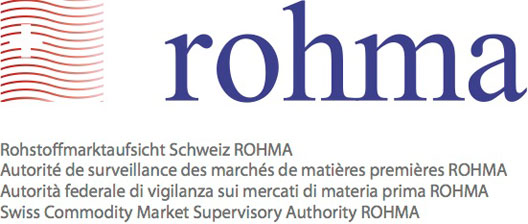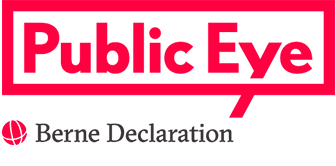In academic and political debates, the term "resource curse" refers to the phenomenon that countries rich in mineral and fossil resources, nevertheless often remain in poverty.
This does not hold true however for all countries – the resource curse is not an inevitable fate. Commodity-dependent countries such as Botswana, Canada, Indonesia, Norway or Oman use their natural riches wisely. And even in Africa, the average growth of commodity-rich countries is higher than those poor in commodities. Nevertheless, it is undisputed that commodity-rich countries can and should be growing far more than is really the case.
The problem is still more significant when development indicators rather than growth figures are considered. These show that 12 of the 25 countries with the world’s highest child mortality rate are in commodity-rich African countries. In Nigeria or Angola, despite growth derived from the oil boom, poverty has significantly increased. And in Equatorial Guinea, where the Gross National Income per head puts the country at 45th place, the UN Index for Human Development rating puts the country much lower at 136th (of 187).
The explanation for the divergence between economic growth and human development in commodity-rich developing countries is the extremely unequal distribution of wealth. Angola is a prime example: despite a decade-long crude oil boom, still half of the population lives under the poverty line of US 1.25 per day. And yet, in 2013, the daughter of the Angolan president, Isabel dos Santos, was named the first African woman to make the Forbes Billionaires List. In the “Africa Progress Report”, the former Secretary-General of the UN lists three main reasons for continued poverty in commodity-rich African countries:
• State funds and investment are not used to fight poverty
• The commodity sector is not sufficiently embedded in the national economy: this creates growth but hardly any employment.
• A “fair share” of the state’s commodity resources is missing: “The degree to which governments are able to capture for the public purse a fair share of the export wealth generated by minerals depends on the efficiency of taxation, and on the practices of investors. Many countries… are losing revenues as a result of weak management of concessions, aggressive tax planning, tax evasion and corrupt practices.”
The significance of commodity production for developing countries has increased dramatically in the last years, and with it, the extent of the resource curse. In 2011, 81 countries were driven by resources, compared with only 58 in 1995. The new arrivals are for the most part developing countries. Some 69% of people in extreme poverty live in commodity-rich developing countries. Yet at the same time, half of the known iron, oil and gas reserves are found in these states. If these riches could properly benefit the people of these countries, extreme poverty could be almost halved by 2030, meaning that some 540 million people could find their way out of poverty.
Switzerland’s responsibility
According to conservative estimates made by the Swiss Department of Finance in 2013, the Swiss share of the global trade in commodities is 20 percent, making the country the world’s most important trading hub. The entire Swiss commodity sector includes about 500 companies, the majority of which are active in trading (including numerous small companies). The main actors however are Switzerland’s biggest companies in terms of profit, such as Vitol, Glencore, Trafigura, Gunvor and Mercuria.
As host country for companies that are particularly active and sometimes even dominant in countries affected by the resource curse, Switzerland has a political responsibility. Around one quarter of the oil sold from African state oil companies between 2011 and 2013 went to Swiss commodity traders, who bought more than 500 million barrels worth about US$ 55 billion. This represents 12 percent of government revenue and twice the total development assistance to these countries.



